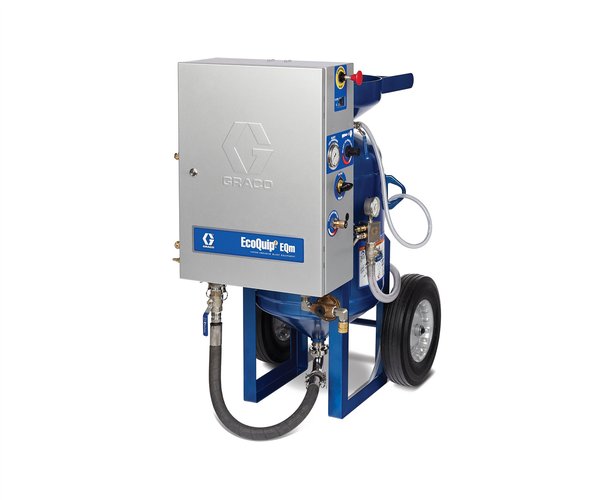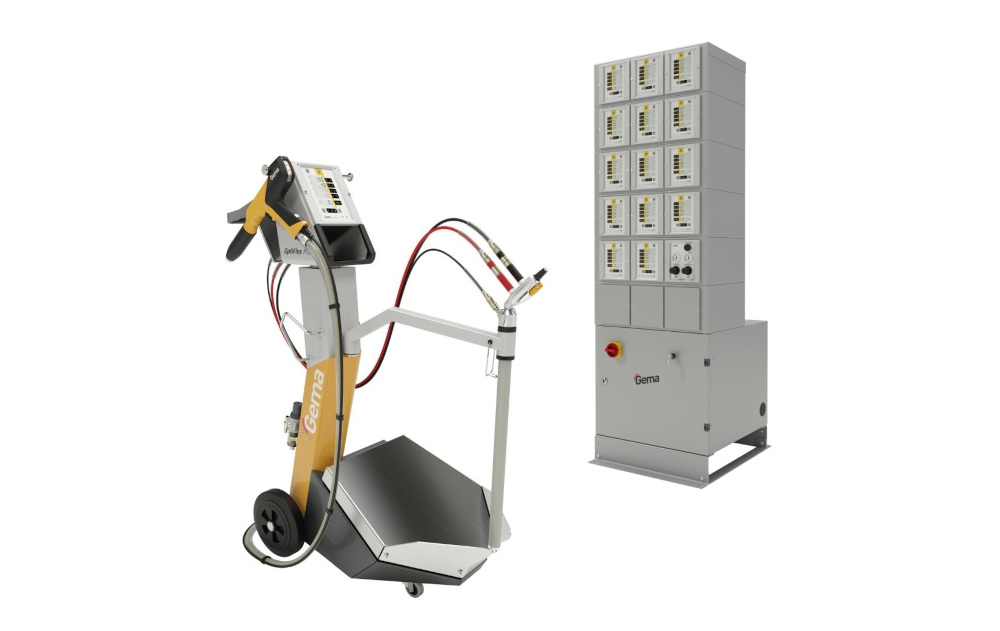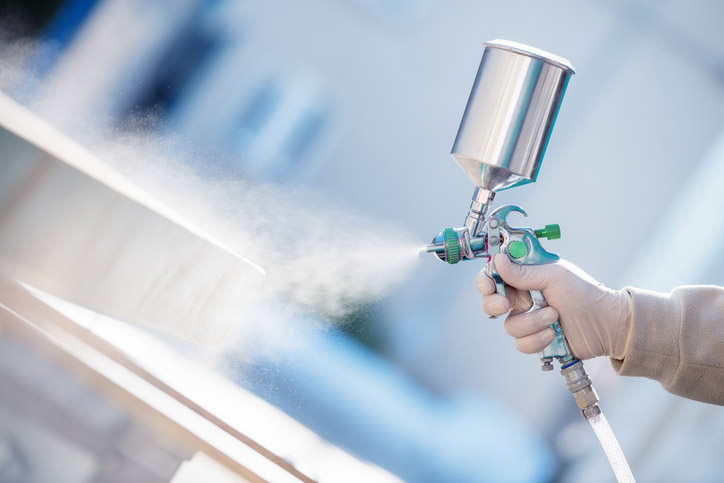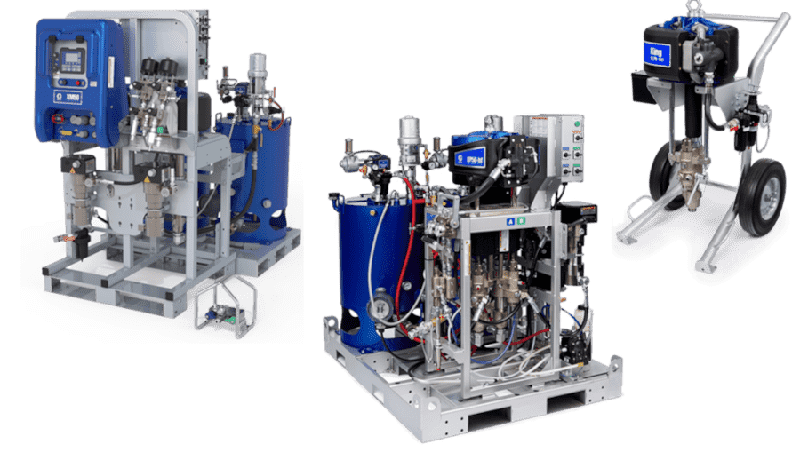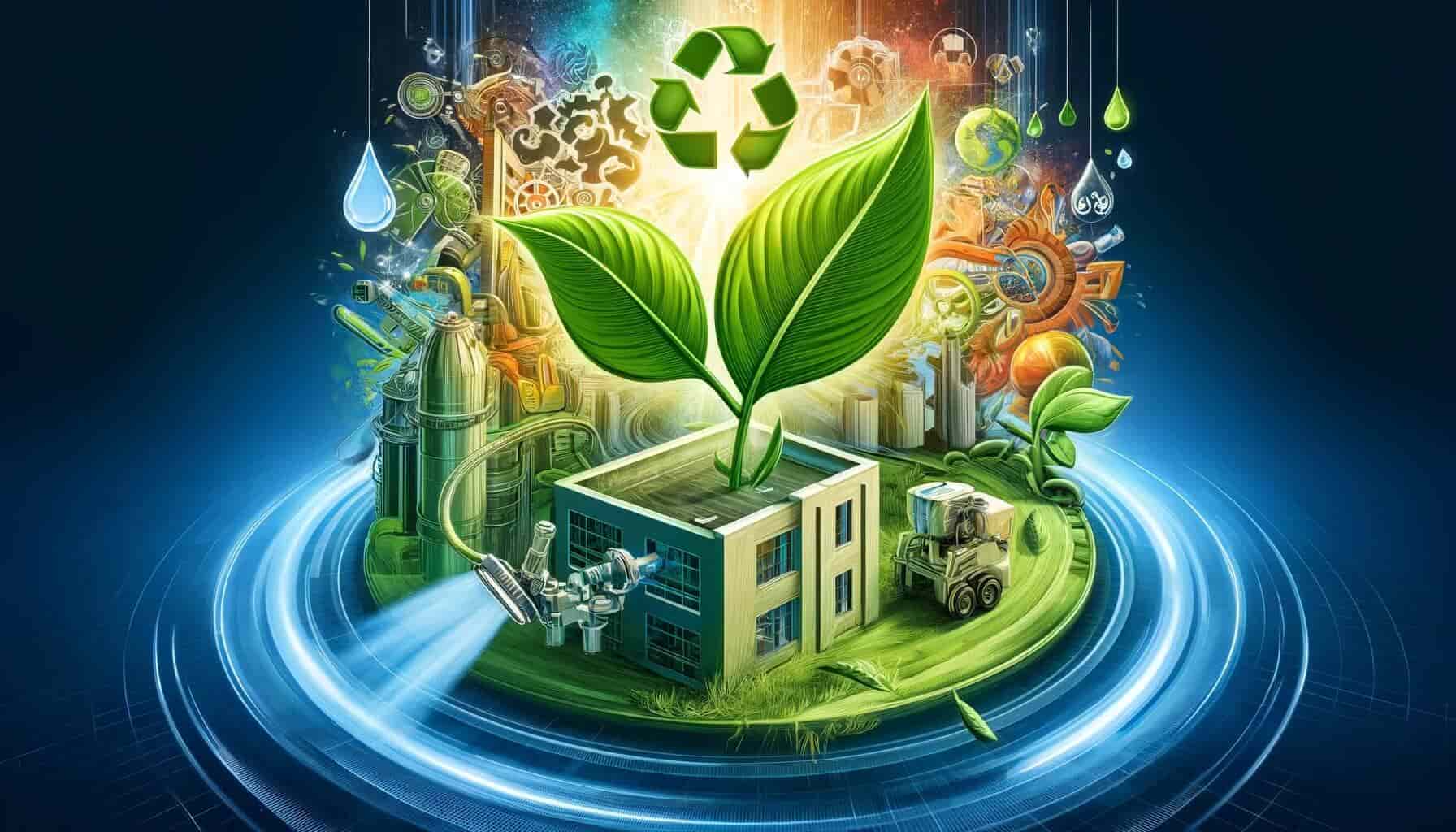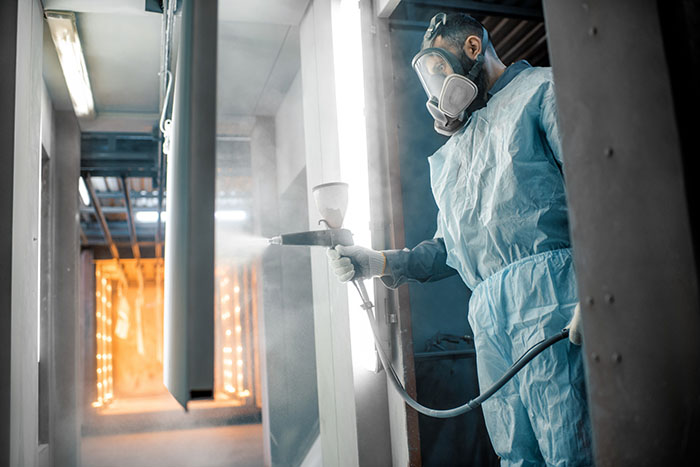Finding the best way to remove powder coat is oftentimes not as straightforward as it sounds. In essence, all methods of stripping powder coating gets the job done, but each method has its own advantages and disadvantages.
In any given situation, a certain power coating removal method might not be cost-effective, or it might take too much time and cause other unintended negative consequences. To avoid choosing the wrong tool for the job, you need to be aware of all powder coating methods and when to use each.
If you have difficulties finding the best way to strip powder coat, sit down and get comfortable. In this article, you will discover the main methods of removing powder coatings along with their pros and cons.
Main Methods of Cleaning
Powder coating is very durable, so the techniques used to remove it must be equally durable. There are four main methods to remove powder coating, and they are:
- Thermal cleaning,
- Thermochemical cleaning,
- Chemical stripping, and
- Blasting.
Each method has its advantages and disadvantages, and it's important to find the best one for your particular case. If you are removing coating to apply a new coat, keep in mind that surface preparation is critical. A dirty, greasy, or insufficiently textured substrate can mean the difference between a successful coating investment and a costly failure. Let’s explore each method on its own so you can evaluate which removal method is a fit for you.
Thermal cleaning
Thermal cleaning is done through the application of heat through three different methods. These methods are burn-off, bake-off, and fluidized bed stripping. During the thermal cleaning process, the powder coating is broken down by the heat and turns into ash residue. The residue also has to be removed in some cases. However, for thermal cleaning, the substrate has to resist the high temperatures necessary for breaking down the coating, which can reach 650°C.
Burn-off: For this method, a temperature of 550-650 °C is necessary to ignite the coating and make it burn. This is one of the quickest thermal cleaning methods, but the ash has to be removed with water quenching.
Bake-off: For this process, the parts are baked in the oven at temperatures ranging from 340 to 400°C to ignite the coating. The majority of these ovens have water-misting systems to enhance the burning rate and protect the components. To eliminate the ash, the parts must be washed after the burning process.
Fluidized bed stripping: These systems use inert media such as sand and oxides for transferring heat. The sand and oxides are fluidized as a result of heat and gas or air pressure. The parts are immersed in the tank, where the hot medium (425°C) breaks down the coating, and the abrasive sand and oxides remove all the ash. The parts do not need to be cleaned again after this treatment. These systems are primarily used for batch operations, but they can be automated for inline hanger processing.
One of the biggest advantages of thermal cleaning is quick powder coating removal, which can take as little as ten minutes in some cases. But this process is only worth it when the parts that are cleaned can withstand those high temperatures. Also, a large amount of gas and energy is required for creating those high temperatures, which does not make it a very cost-effective method.
Thermochemical cleaning
Thermochemical stripping methods combine temperatures ranging from 425 to 485°C as well as chemical reactions to remove the coating from different parts. This stripping technique is suitable for both batches and inline processes with a short cycle time. After the powder coating is stripped away, the chemicals and residues are removed with water.
This method is used for removing powder coatings from certain parts that either have inaccessible spots or can not withstand too high temperatures. Thermochemical cleaning is a combination between thermal cleaning and chemical stripping, which has its advantages. Due to this combination, thermochemical cleaning does not damage the part’s substrate as much as a bake-off could and it takes less time than chemical stripping.
Chemical stripping
Chemical stripping is a relatively quick method of removing powder coating, while at the same time not being too costly. To perform a chemical stripping, you dip the parts that contain the chemicals in a tank or you can apply the chemicals with a brush if you are working on small parts.
This method can be done in two ways, which are hot and cold chemical stripping. For hot stripping, the caustic chemicals from the tank are heated up to 80°C, making the coating soften, dissolve, swell, and fall off. During cold stripping, solvent-based chemical strippers are usually used, and you can either dip the parts in a tank or you can apply the solvent with a brush.
Chemical stripping is one of the best options for removing powder coatings on delicate parts because it has almost no impact on the materials the part is made of.
Even though chemical stripping is a relatively quick and cost-effective process, it has some disadvantages. One of the biggest disadvantages is that those chemicals are toxic and can cause burns on the operator’s skin and eyes. Also, they are not safe for the environment and you can only dispose of them in authorized places. Also, a chemical stripping does not leave a proper surface profile for applying a new coating.
Blasting
Blasting is a very efficient method of removing powder coating and involves propelling an abrasive material at high speeds at a surface. If those materials are propelled by air, it is called dry abrasive blasting, but if they are propelled by water, the process is called wet abrasive blasting.
An aggressive blasting can quickly remove powder coating, but it also damages the substrate, making it rough. Although it takes longer, a gentler blasting will preserve the surface profile. Depending on the size of the part and the thickness of the coating being removed, dry abrasive blasting is performed in a sandblast room or a sandblast cabinet.
One of the biggest advantages of blasting is that it is one of the most cost-effective powder coating removing options, but it is not the quickest if used on bigger parts. Also, this method leaves a great surface profile on the substrate for applying a new powder coating. It is recommended to wash the parts before blasting them because the substrate might be damaged by aggressive factors and compromise its integrity.
Wet abrasive blasting
Wet abrasive blasting is a very effective method for removing powder coatings, and it also has a few advantages over dry abrasive blasting. First of all, dry abrasive blasting requires special conditions to be done. This includes either:
- Using a dry blasting cabinet for small parts or
- Awhole special dry blasting room for big parts that can not fit into a dry blasting cabinet.
Both dry blasting cabinets and dry blasting rooms are quite expensive tools.
Meanwhile, wet abrasive blasting can be done in almost every type of environment because it does not produce as much dust and residue compared to dry abrasive blasting. Also, a wet blasting machine allows you to remove powder coating on both large and small parts, and it is usually cheaper than a dry blasting room. In addition to that, most wet abrasive blasting machines can be transported in the bed of a pickup truck, which makes it a more versatile option than dry abrasive blasting.
Although both dry abrasive blasting and wet abrasive blasting offer the same effectiveness in most situations, there are cases when wet abrasive blasting is recommended because it has less impact on the substrate.
Because dry abrasive blasting produces lots of dust, the people who are doing it have to wear special protective equipment, especially if they are working in a dry abrasive blasting room. This is necessary because the dust produced in large concentrations during dry abrasive blasting is very harmful to their health. Meanwhile, wet abrasive blasting produces very small amounts of dust, and there are minimal precautionary measures needed.
Best Abrasive Blasting Machine
Choosing the best tools for abrasive blasting is crucial for getting the job done, so don’t overlook this step. If you want the best abrasive blasting machines, here are two options that will not let you down:
The EcoQuip 2 EQm ATEX Package is an incredible vapour abrasive blasting machine that is compact, fits in the best of a pickup truck and does a great job in almost every situation. This machine is perfect for small worksites and blasting in unusual areas due to its small footprint and built-in hand truck with oversized wheels. Furthermore, this compact blaster can handle any type of project, from cleaning to surface preparation.
The EcoQuip 2 EQs Elite was designed for professionals who demand the best and aren’t interested in compromises. This fully-loaded system, which includes a stainless steel crash frame and enclosure, media strainer, and water dose valve, allows you to get up and running quickly and start making money.
Some of the best features of this heavy-duty vapour abrasive blasting machine are:
- 6.5 cubic ft. (184 L) specialty coated pot
- Heavy-duty 100 gallons (378 L) water tank with hose connection
- Optimizes air, water and media ratio - resulting in less consumption with superior production
- Fits inside a six-foot truck bed
- Stacks easily to save space
- Step and media shelf for faster media loading
How to choose the right method?
All the powder coating removal methods discussed in this article work well in most situations, but there is no one size fits all. Every method works the best for certain cases, and you have to be aware of those before committing to a given powder coating removal method.
If you are going to apply a new coating and need the surface to be rough for this, abrasive blasting gives a rough texture that can be coated without any additional steps. A bit of surface roughness is necessary for making the new coating stick better, which results in a more durable coating. Meanwhile, chemical stripping does not leave any roughness at all, which means that the surface has to be prepared separately.
Abrasive blasting is the cheapest stripping method, but do remember that it requires more time than the other methods. In other words, this method results in higher labour costs. Although it works very well in most cases, it is oftentimes not recommended for soft substrates.
If you are looking for the fastest methods of removing powder coatings, thermal cleaning, especially burn-off, is the fastest way bar none. However, keep in mind that not all substrates can withstand those high temperatures.
If you want to remove a powder coating on a delicate part, chemical stripping is the only option you have because it does not affect the substrate in any way.
The most environmentally friendly and safe method of removing powder coating is considered thermal cleaning because it does not use any chemicals, and it does not affect the worker’s health.
For some parts that have a few inaccessible spots, a combination of two powder coating removal methods is recommended for obtaining the best results. For example, a combination of abrasive blasting and chemical stripping is used for removing powder coatings from rims. Also, thermochemical cleaning, which is a combination of thermal cleaning and chemical stripping, is used for removing powder coatings in some situations.
After carefully analyzing multiple factors, you can choose one method that fits all the requirements you have for that specific project

